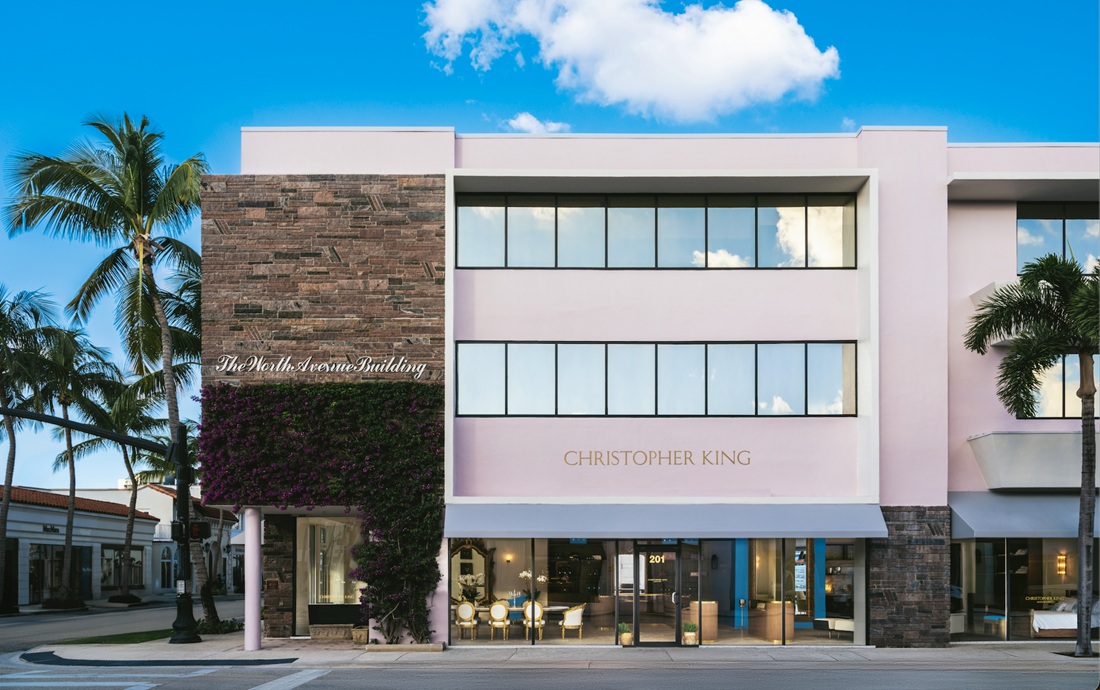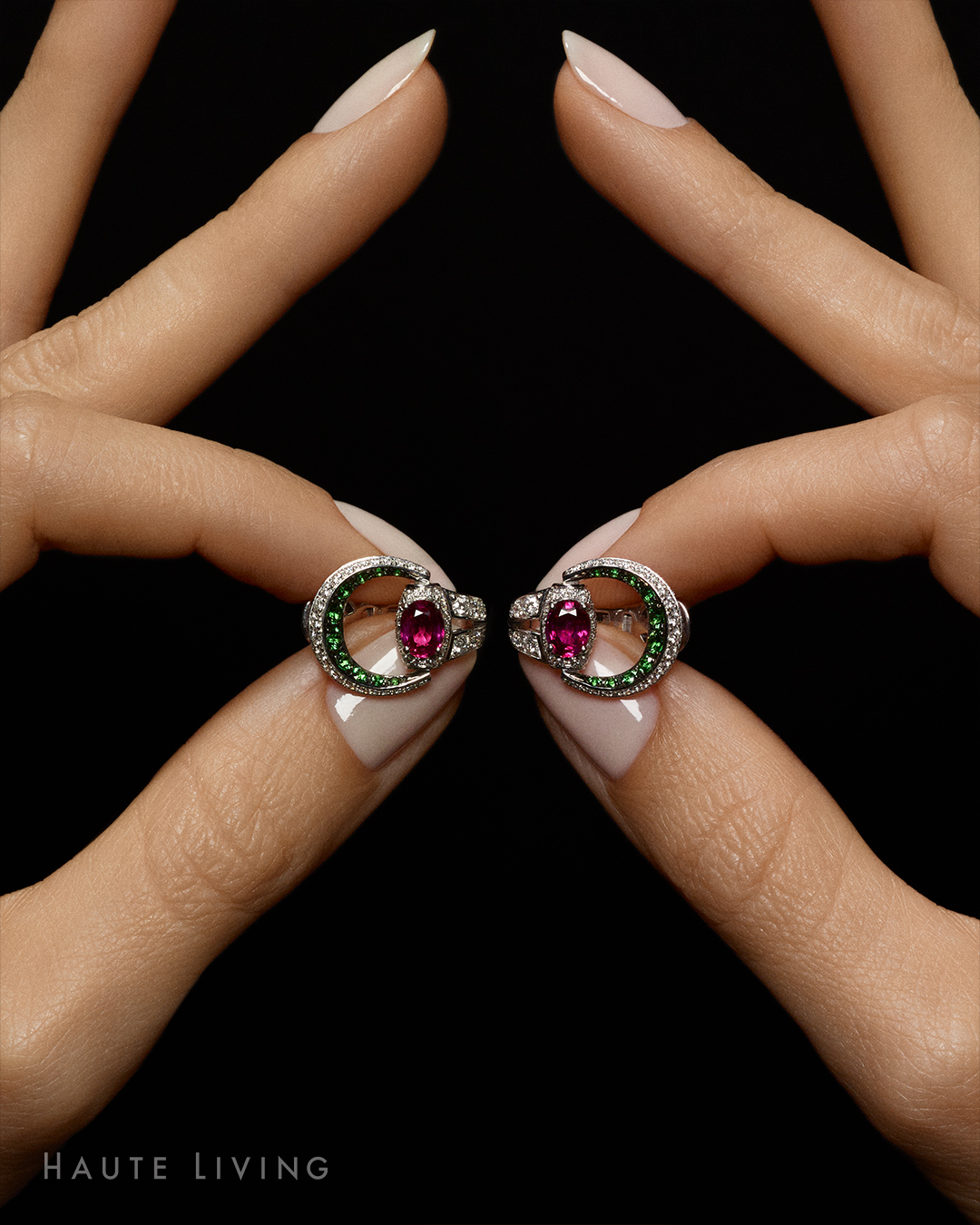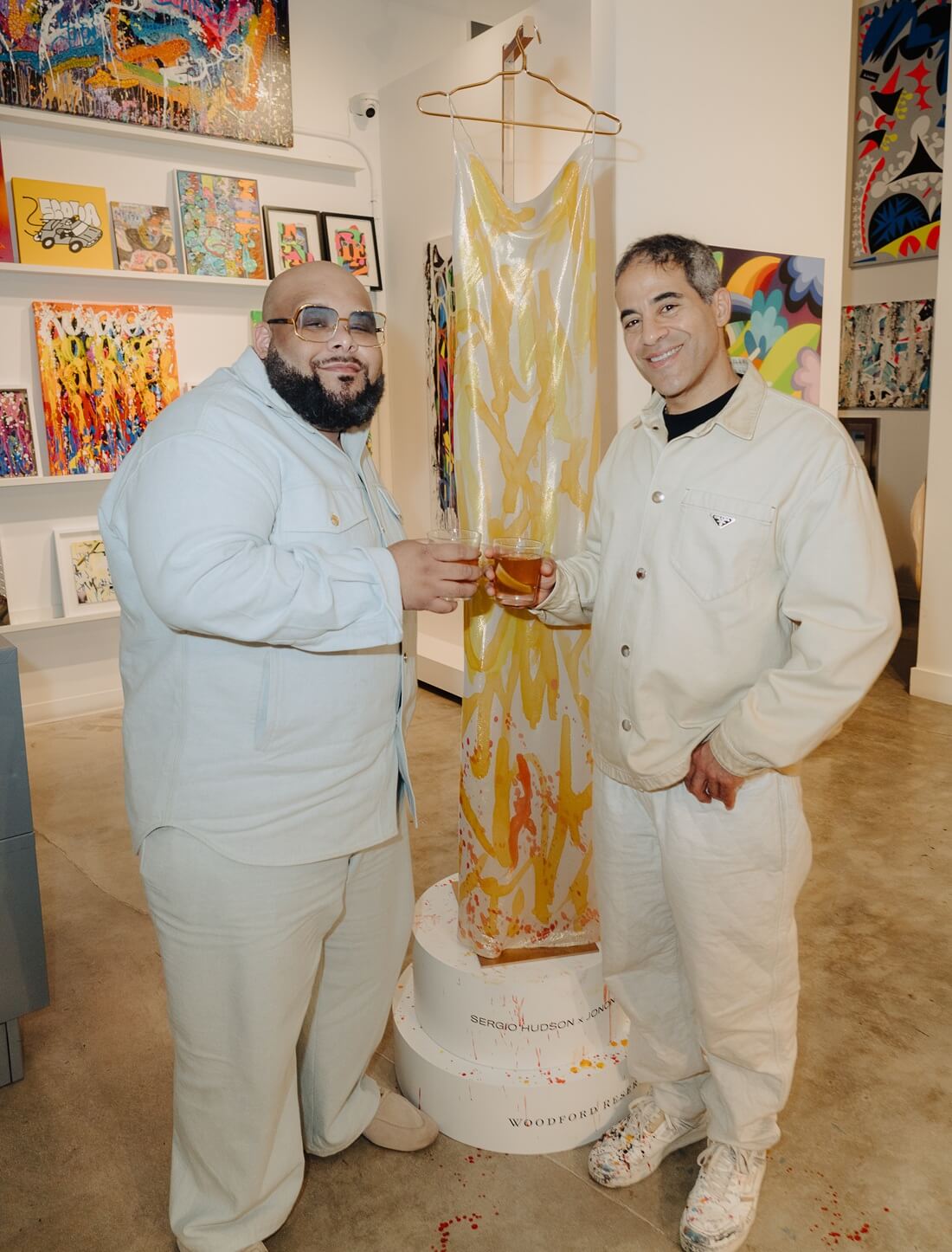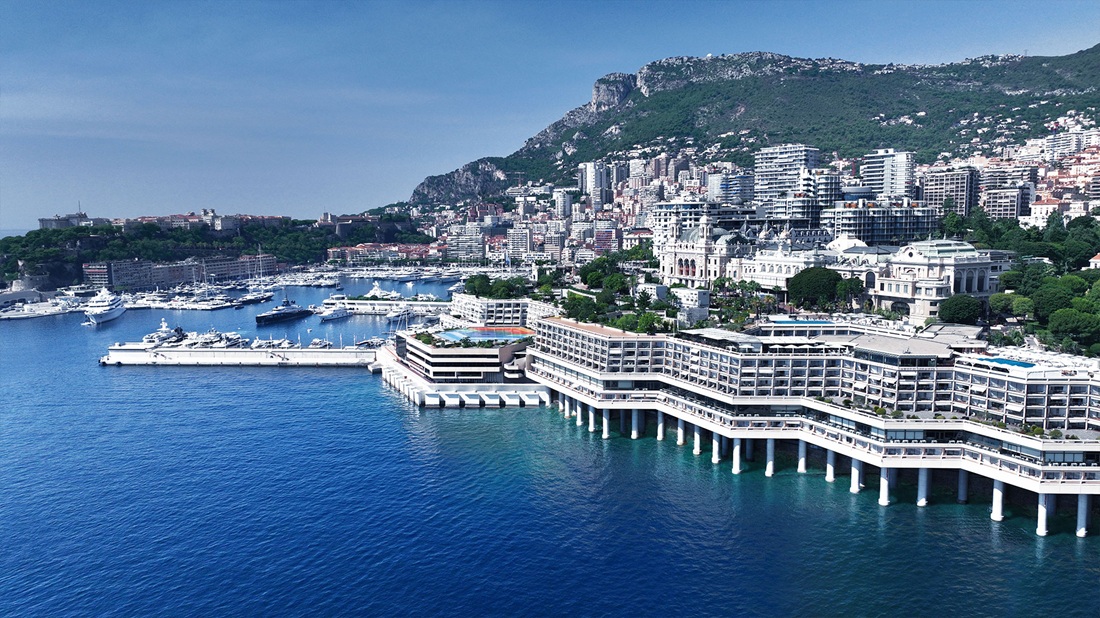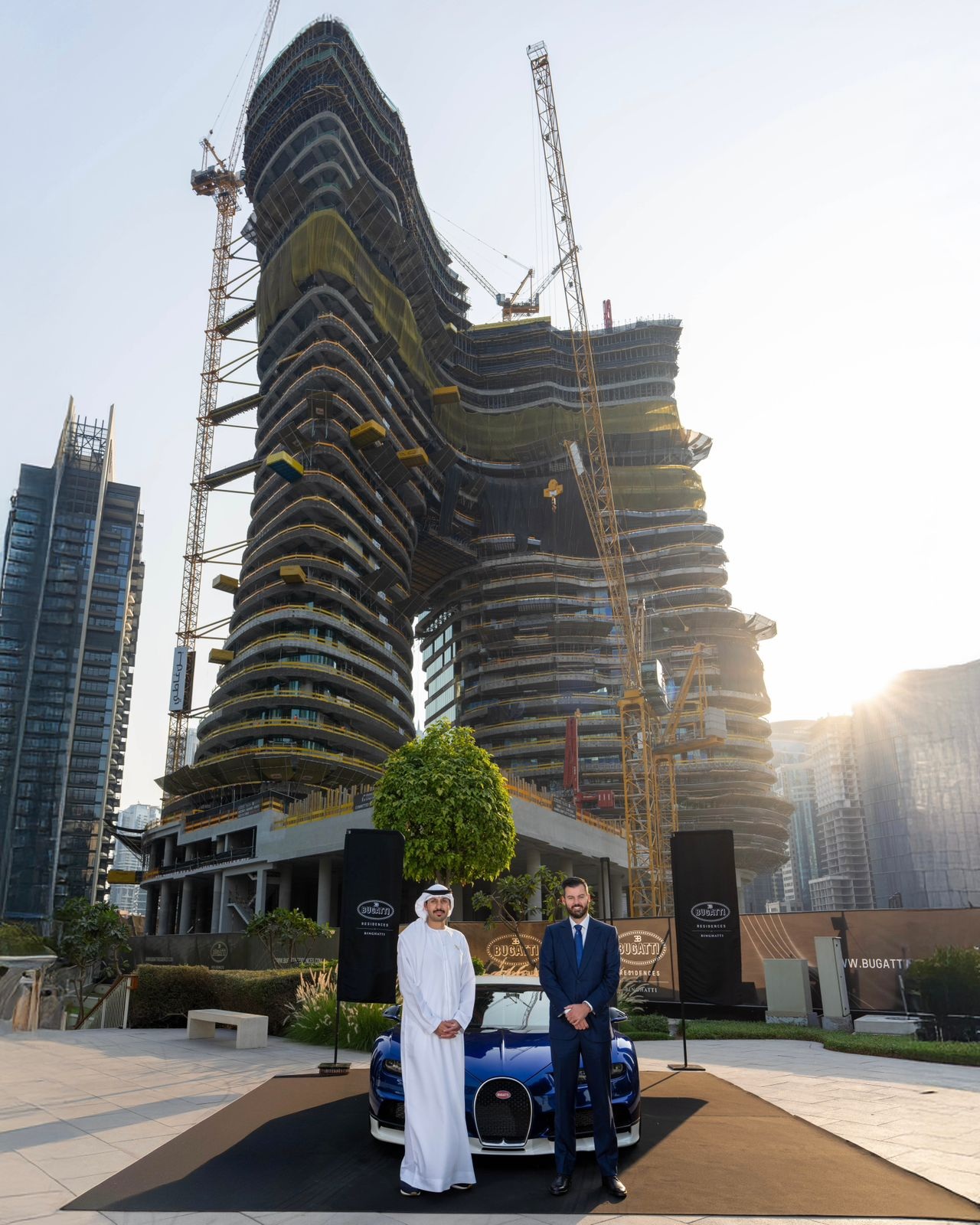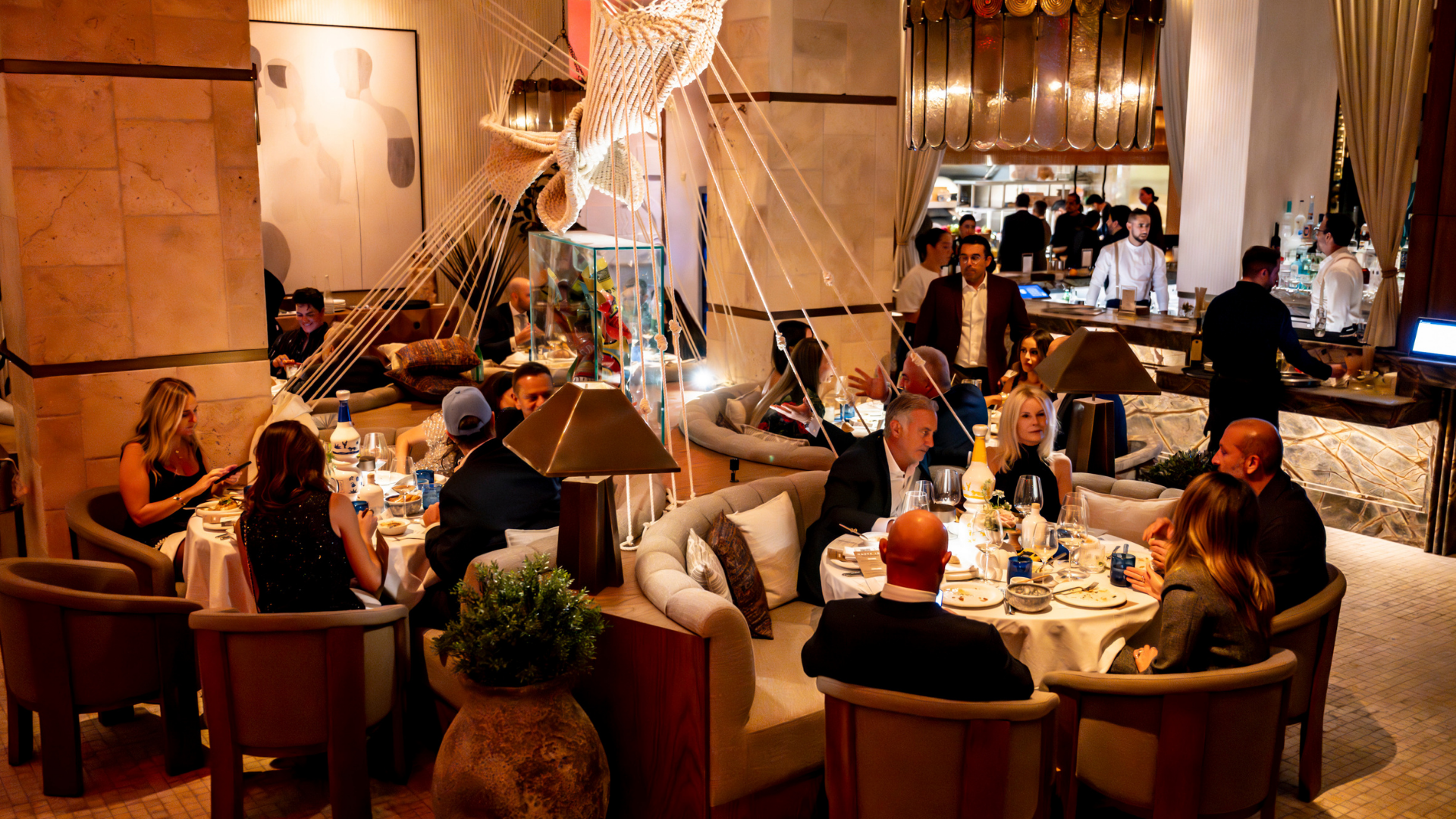Dubai: From Sand to Grand
Positioning itself as a business and pleasure Garden of Eden, this small city-state, just a sand grain’s throw from the Persian Gulf, is currently under construction – big time.
By Lauren Price
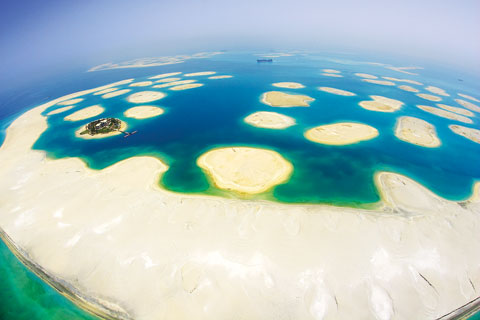
[highlight_text] “We knew we had a fantastic climate, cloudless desert skies and beautiful beaches [the sand is, without a doubt, gold-hued], so it made sense for us to focus on tourism.” [/highlight_text]
Here’s the question: Who doesn’t know that Dubai is not quite suddenly the most audacious, visually stimulating and sometimes bewildering world-class destination on the planet for both business and pleasure? In fact, development is so relentless there that you do indeed need a road map to figure out the who’s who, the what’s where and the when, even though it’s the smallest of the United Arab Emirates’ seven states.
What is and what will be in Dubai is through the progressive vision of H.H. General Mohammed Bin Rashid Al Maktoum, the Crown Prince of Dubai – and much of it is developed by the government-funded Nakheel LLC (all developers, such as Emaar and Dubai Holdings, are government-funded). Nakheel, with its $30 billion portfolio of Dubai real estate, undeniably has a starring role in the sheikhdom’s phenomenal growth as the tourism and commercial hub of the Middle East.
So when Haute Living sat down with Hamza Mustafa, who has played a key role in the company’s remarkable growth since early on and is now general manager of The World, we got the real scoop on the where, what and when.
“Think of Dubai as having two sides,” Mustafa explains. “One side is Dubai and the other is Deira, but both of them are in Dubai. Like Manhattan and its boroughs – like Brooklyn, but both considered New York City. Now, all the freehold property and beachfronts are in Dubai, so that’s where there’s the most development. Deira is what we call the ‘Old City,’ and though there’s really nothing there right now, there are now plans to build a ‘New City’ on the Deira side.”
When it comes to the number of tourists stopping in at Dubai, the numbers are staggering. In 2005, this tiny country reported six million visitors, indicating an increase of far more than 50 percent since 2001; that number is expected to rise to 15 million by 2010.
“Dubai was attempting to tap into the tourism market well before 9/11,” Mustufa notes. “We knew we had a fantastic climate, cloudless desert skies and beautiful beaches [the sand is, without a doubt, gold-hued], so it made sense for us to focus on tourism. We also knew that we could create and build what no one else could, like The World and The Palm, in order to turn Dubai into a leading tourist destination.”
Dubai seems to be getting it right. In 2005, the number of passengers passing through Dubai International Airport was estimated at nearly 25 million. The airport’s recent expansion will increase its capacity capability, which is currently only 22 million, to over 70 million when it’s completed in 2008. That’s in addition to the brand-new Jebel Ali Airport. When that is finished – hopefully by 2009 – it will have the ability to welcome more than 120 million passengers a year.
“We always say Dubai’s biggest development advantage is Dubai, but also its greatest disadvantage. No other destination can really compete with us when it comes to the weather and beaches-but we are located in the Middle East, and there’s a misperception among Americans that Dubai is dangerous, that it’s a hotbed of terrorism. But it’s not at all. So our job, our challenge as a country, is to change that perception and strive to develop what will be considered the prestigious, the most luxurious.”
Nakheel’s major developments include residential master-planned communities, such as Jumeirah Islands, Jumeirah Lake Towers, the Lost City, International City, and the new Jumeirah Golf Estates, with its four designed-by-PGA-superstars courses – two from Greg Norman and two from Vijay Singh – in addition to 1,000 homes on sprawling individual estates, 75 percent of which face the courses.
They’ve also built the largest themed mall in the UAE, the one-year-old Ibn Battuta Mall. A star-studded mix of over 300 stores, family-based entertainment (including 21 movie screens featuring an IMAX) and restaurants, its design is based on the travels of a legendary 14th-century explorer Ibn Battuta.
Two of the three most talked about, unfathomable-until-now developments are The Palm and The World. The third is the Dubai Waterfront, which will be the largest of any waterfront development in the world. The Palm (three man-made islands in the shape of palm trees) and The World (300 islands strategically placed to form the shape of a world map) are a short jaunt from Dubai and a half hour’s drive from Dubai International Airport.
The creation of The Palm is a project of grand proportions-but unlike The World, where purchases are simply an island with the necessary infrastructure, The Palm is master-planned. Spread out over the three islands, this ambitious development will boast dozens of luxury hotels and thousands upon thousands of exclusive residential beachside villas and shoreline apartments, not to mention marinas, water theme parks, restaurants, shopping malls, sports facilities, health spas, cinemas and extensive dive sites. The Palm Jumeirah is the first of the three islands to ready to welcome residents some time in November.
It’s an idea so unique, so imaginative – yet so simple. “Everyone thought our vision for The Palm was impossible to engineer,” notes Mustafa, “yet it was so straightforward, so glorious: Build in the middle of the sea, and at the same time, increase what is already considered one of best coastlines in the world.”
Considered the Palm Jumeirah’s hub, the palm tree’s trunk will be flanked by 2,200 condominiums, 1,500 villas and 32 hotels on the east side. The Golden Mile, a boulevard of fashionable shops, cafes, retail, restaurants and more hotels, will flank the west side of the trunk. Its fronds are where 1,500 villas and homes will be built, each with its own beachfront.
About two and a half miles from the bottom of the trunk, the Crescent, in addition to acting as Palm Jumeirah’s breakwater (it shelters the island and harbors, dissolves wave energy, etc.), will be home to 23 waterfront hotels, including the 2,000-room, twin-towered Atlantis; The Palm, which will boast its own 40-acre, water-themed park; an archeological dig; and a monorail station, and will be a whopping seven times bigger than its sister property on Paradise Island in Nassau. It’s expected to open in 2008.
A monorail will traverse the length of The Palm (moving upwards of 2,000 passengers each hour) and a central shallow, tranquil canal will provide water taxi service for any stop along the way. The canal is also where the Trump International Hotel & Tower will stand (it opens in 2008).
The Palm Jumeirah’s homes were sold out in 48 hours back when they went on the market in 2002-when villas with their own private beaches were priced from about $600,000 to $1.6 million-and their value has increased by 20 percent since they first went on sale. Hoteliers (e.g., Fairmont Palm Residence, Atlantis, Kempinski’s Palm Jumeirah and Emerald Palace, Taj Exotica and Trump International) bought in for a mere $14 million.
Operating as Nakheel Sotheby’s Realty, Sotheby’s International Realty exclusively marketed and sold the residences, and high-profile celebs such as soccer superstars David Beckham and David Owens have already purchased homes, as has Formula 1 race car driver Michael Schumacher. Rumor has it that Rod Stewart is considering a purchase.
The second palm-shaped island, Palm Jebel Ali, is geared to more leisure activities and will feature Sea Village (marine-related attractions, retail, restaurants, cinemas, hotels, etc.) and 8,000 stilted villas and 2,000 villas in three distinct styles: Premiere, Signature or Garden. Set to open in 2009, much of it is already sold out. What’s left is priced from about $725,000 to about $1.92 million.
The final island, Palm Deira, will be the largest of the three, covering more than 40 square miles with more than 8,000 villas for sale. Just 12 miles from Deira and connected by roadways and bridges, think The Palm and The World combined. Given that it will take five years for the reclamation of this third island, it won’t be ready to welcome guests much before 2015.
The World is but a bit more than a sand grain’s throw (15 miles) from Palm Jumeirah. More secluded, more exclusive, it’s obviously now one of the world’s most sought-after communities. “It’s like we’ve created our own Caribbean, [with] all island destinations, like Barbados and Antigua surrounded by beaches and water, each self-sustaining with their own maritime laws and procedures,” says Mustafa. “But we’ve got that, plus a thriving metropolis close at hand. Actually, The Palm is really an extension of Dubai. And we are a country, a region without any natural disasters – no hurricanes, no earthquakes, no tsunamis.”
The World covers an area of approximately 20-plus square miles about two and a half miles from Dubai’s coastline, adding yet another hundred-plus miles to the coastline. It is so large, it will be visible to the naked eye from outer space. Each island is built of sand dredged from the Gulf’s shallow sea floor, while the 15-mile breakwater barriers are built from 37 million tons of rock found in local quarries. No artificial or chemical materials are used throughout the entire process.
Islands will range in size from 150,000 square feet to 450,000 square feet, with the average size coming in at about 300,000 square feet with approximately 20 feet of it surrounding waters (buyers can buy additional water rights). The average distance between islands is roughly 165 feet to 330 feet, with an average depth of the surrounding waters about 25 feet to over 50 feet. “What gives us an edge,’ notes Mustafa, “is that these islands can be resigned for specific needs.”
So does that mean that the shape of the United States might not really look like it should, that maybe someone can come along and re-shape Florida? “The buyer can’t change the outline of a country, but we are rather flexible otherwise,” Mustafa explains. “Maybe the buyer wants more canals and beachfront-and that is possible. And like anywhere else, every island has its own land usage codes and ordinances-high-density, low-density, mid-rise-but never a high-rise.”
The World can only be reached via boat or helicopter; there’s no land bridge between the development and mainland Dubai, as there is with The Palm’s 10-lane highway and a quarter-mile bridge. Two mainland marinas will link to four strategically placed island transportation hubs that will in turn service the islands. A handful of islands will remain the property of Nakheel and be used as staging points for the provision of a range of services such as utilities and medical services. There will be some areas on The World that will remain open to the public.
With more than 90 percent of the land reclamation complete (construction is 24/7) and 270 islands visible above the water, this master-planned island city should be completed by 2008, providing about 300 opportunities for individuals, investors, developers of every nationality on a freehold basis (full ownership) and hotel companies to do private homes, condominiums, retail, entertainment or marinas. Bottom line? Nakheel delivers the land and the infrastructure only.
Only selected buyers who meet specific criteria will have the chance to purchase these islands. Stipulations include the ability to purchase an island that will set them back anywhere to $45 million-give or take a few million- and obviously the ability to develop and maintain an island. They must also agree that the island cannot be resold. Red-carpet buyers looking to call one of the islands home include Angelina Jolie, Michael Jackson and Mary J. Blige.
Sir Richard Branson (who is said to have dubbed The World the eighth wonder of the world) recently planted the Union Jack to ceremoniously “stake his claim” and celebrate the debut of Virgin Atlantic Airways’ direct flights between the United Kingdom and Dubai. And, as you might guess, he is in negotiations for the purchase of the United Kingdom island.
“The island of Australia [actually it’s a series of 14 islands} has been purchased by a publicly traded investment and development consortium headquartered in Kuwait-EFAD Holding,” Mustafa says. “They’ve dubbed their development OQYANA [which is actually Arabic for Oceanic].”
Though it has been confirmed that islands sold include Nevada, Hawaii, Thailand, Kuwait and Russia-and for all intents and purposes, the U.K.-Nakheel is not disclosing to whom, but has confirmed that both Thailand and Russia have intentions of building resorts. The islands affording the best views include Alaska, the U.K. and Australia.
As if this all wasn’t enough, Nakheel announced the launch of Nakheel Hotels & Resorts as a new hotel and resort investment company a few months ago with the purpose of overseeing hotel development, not just in the UAE, but worldwide. Aggressive in their search, they’ve so far inked deals with Trump International Hotel & Tower on Palm Jumeirah and Kempinski Hotels & Resorts for the Djibouti Palace Hotel in Djibouti City on the east coast of the horn of Africa. (Kempinski’s portfolio includes Berlin’s number one hotel, the Adlon.) Currently, this hotel company is talking to the powers that be at just about every five-star hotel brand for a development at the mouth of the Red Sea, including One&Only Resorts.
Twenty miles from Dubai and literally a mile or so from the new Jebel Ali Airport, on the city-state’s last remaining undeveloped land along the Gulf, the bigger-than-Manhattan Dubai Waterfront project will feature miles of waterways, 250 master-planned communities, 200 hotels, and retail and commercial offerings spanning nearly seven miles of beachfront-and we’re told that the development’s prime spots along the beach sold out in two days when they went on sale last December.
Of great significance regarding this waterfront development is that the northeast border of oil-wealthy Abu Dhabi, the capital of the UAE and the largest of the seven countries, is located there, so it is financially significant that the development will benefit from two important critical mass locations.
Island Global Yachting, a subsidiary of the Island Capital Group, recently partnered with Nakheel to build and operate world-class marinas in Dubai. The brainchild of the founder and former CEO of the Insignia Financial Group (its Manhattan condo and co-op management business was sold to what is now Prudential Douglas Elliman in 2003) Andrew Farkas now develops, acquires, and operates world-class marina facilities-and will now become the exclusive provider for all of Nakheel’s marina properties-including The Palm, The World and the Dubai Waterfront.
“We are excited about our new partnership with Nakheel,” says Andrew Farkas. “Our partnership will pave the way for potentially more than 40,000 new marina slips, which will establish Dubai as a global yachting destination and facilitate the growth of the marina industry in the Middle East.”
Island Global Yachting and its subsidiary, Caribbean Marina Management Company, presently develop or manage marinas such as Yacht Haven Grande in St. Thomas, Isle De Sol in Saint-Maarten, the Atlantis Resort in Nassau, the El Conquistador in Puerto Rico, the Four Seasons Resort in Nevis, The Wave in Oman and the Nine Dragons Resort in Shanghai.
According to Nakheel, Farkas is also responsible for introducing his close friend, the chairman of Nakheel Sultan Ahmed bin Sulayem, to Donald Trump.
At the end of the day, given the proportions and audaciousness of Dubai’s development boom so far, one gets the distinct sense that there’s definitely so much more along the way.
ACCESS
Island Global Yachting, www.islandglobalyachting.com
Kempinski Hotels & Resorts, www.kempinski.com
Nakheel, www.nakheel.ae
The Palm, www.thepalm.ae
The Atlantis, www.kerzner.com
The World, www.theworld.ae
Trump International Hotel & Towers, www.trumpintl.com

